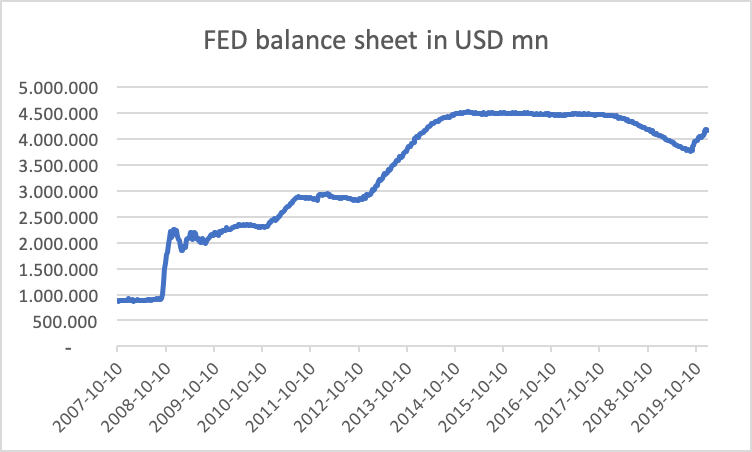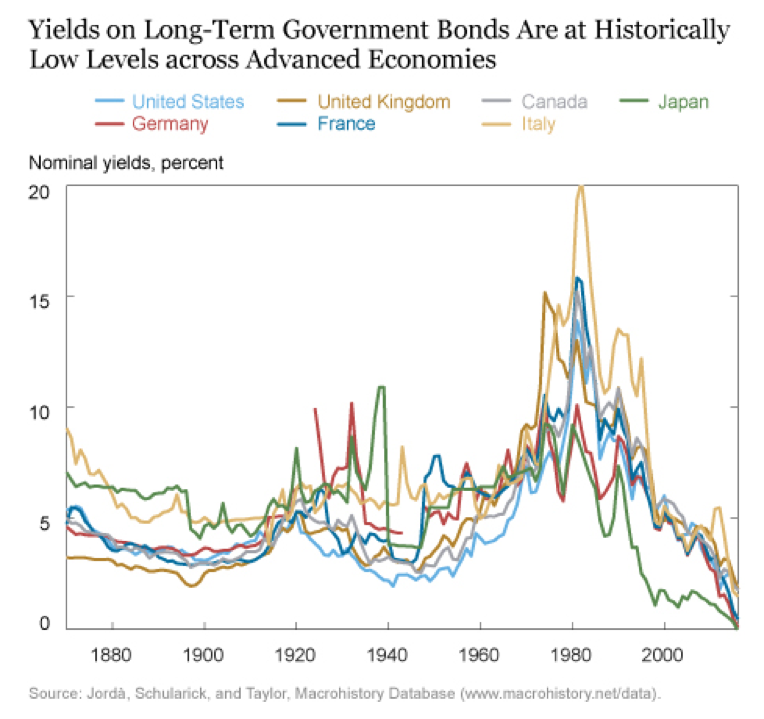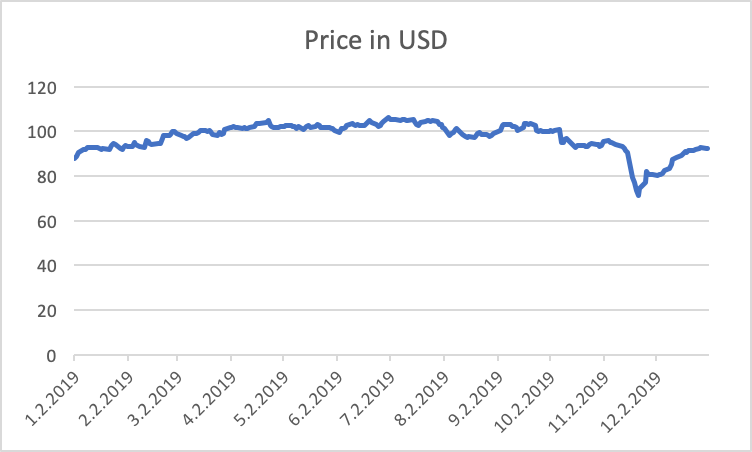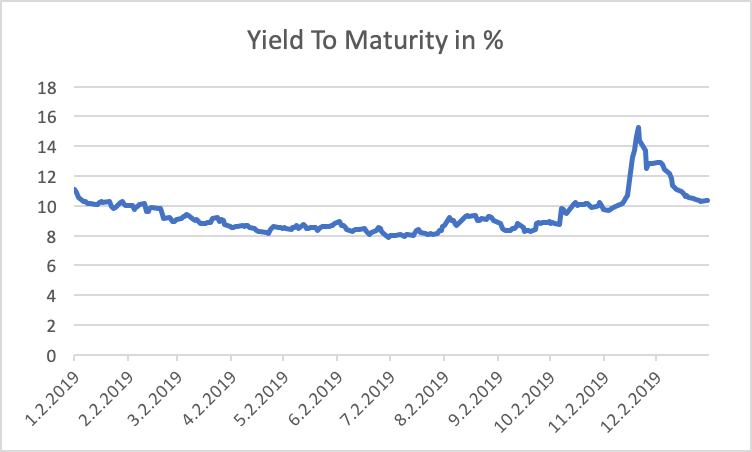Ralf Burmeister
Starting his banking career in the almost classic way with a banking apprenticeship and a diploma in economics afterwards, Ralf took a role as a banking analyst in credit research, focussing on secured funding for banks as well as hybrid capital.









